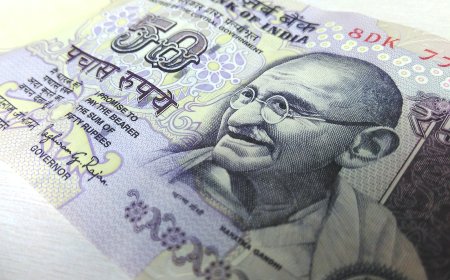Chapter-3: Debt Mutual Fund
This chapter deals with the definition of debt mutual funds and its types.

3.1 Open-ended/Close-ended Fund
Open-ended funds are preferable over close-ended funds as the invested money can be withdrawn or invested again at any time in such a category of funds.

3.2 Debt Mutual Funds
These are the financial instruments that are a kind of fixed or stable income. It is just like giving a loan to some company or government and earning interest and that is why it is known as a debt fund.
- For example, company A has invested 10, 000 Rs. Money in company B at a fixed interest rate of 10% for the next 10 years. If there is no credit risk, company A will enjoy 1, 000 Rs. Money in each year and at the end of the 10th year the principal amount back.
3.2.1 Types of Debt Funds
3.2.1.1. Liquid Funds
A liquid mutual fund (5-9% IR) is a type of debt fund that invests a kind of fixed-income instruments like government bonds, treasury bills, etc. Some other specialties of this as-
- It is treated as a better replacement for regular saving bank account deposits when a person has kept the money as an emergency fund and gets an interest rate of ~4%.
- The liquidation or withdrawal can be processed within 24 hours.
- Fund manager ensures the average maturity of the portfolio should be less than 3 months (91 days) so that the effects of the market volatility can be minimized.
- The liquid funds, mostly the funds are invested up to maturity thus funds do not incur expenses due to excessive buying and selling of securities which keeps the expense ratio low.
3.2.1.2. Short Term
Short terms funds are debt funds that lend money to quality companies with a record of repaying loans within the stated time. The major properties of such funds are-
- The loan duration by such funds is 1 to 3 years which means it is perfect for investors who are not using their money for 15-36 months.
- These funds deliver better than FD while keeping risk under control.
- The following are the major factors to be considered prior to making a short-term investment-
ü Expected return on investment (ROI) should be very clear.
ü Level of risk tolerances should be predefined.
ü Prior to every investment, the investment period should be clearly stated so that the best returns can be ensured.
ü There are two risks credit risk and interest rate risk which can minimize by choosing the suitable mutual funds which are investing in blue chip companies.
ü Liquidity consideration is a prime requirement as sufficient buyers for a particular share should be available so that cash can get easily.
3.2.1.3. Government Issued Long Term (Gilt)
Gilt funds are debt funds that primarily invest in government bonds and fixed interest-bearing securities issued by various central and state governments. Since money is invested with governments, there is no risk of repayment. The properties of such funds are-
- Ideal for an investment period of 3-5 years with no risk.
- Such funds are subjected to interest rate changes, they cannot be guaranteed a return yet they can offer a return of up to 12 %.
- For most conservative investors, Glit funds are the perfect combination of reasonable returns with no risk.
3.2.1.4. Fixed Maturity Plans (FMP)
An FMP is a close-ended debt fund that comes with a stringent lock-in period of investment and with a limited investment window. The fund characteristics are-
- FMP funds are invested in debt tools such as government and corporate bonds, treasury bills, non-convertible debentures, certificates of deposit, etc.
- Individuals can invest in a close-ended fixed deposit maturity scheme by subscribing to a new fund offer when announced by AMCs. Generally, a limited number of NAV units are issued for such funds and pre-mature withdrawal is not allowed.
- FMP debt tools are subjected to relatively higher returns and less fluctuation as the fund managers are making investments in the re-owned companies only.
3.2.1.5. Junk Bonds
A junk bond is a debt in nature. When a corporate bond is issued by a company whose credit rating is below the investment grade credit rating then such bonds are called junk bonds. The characteristics of such bonds are-
- The bonds issued for higher interest rates although the risk of return is quite high.
- Bonds issued by companies having a credit rating of BB or lower by Standard & Poor’s or Fitch or Ba or lower by Moody’s are considered junk bonds.
Note: For emergency funds, invest in liquid funds, and for short terms (1-3 years) invest in short-term funds. We highly recommend not to go in FMP, Gilt, or junk funds.
What's Your Reaction?





















































